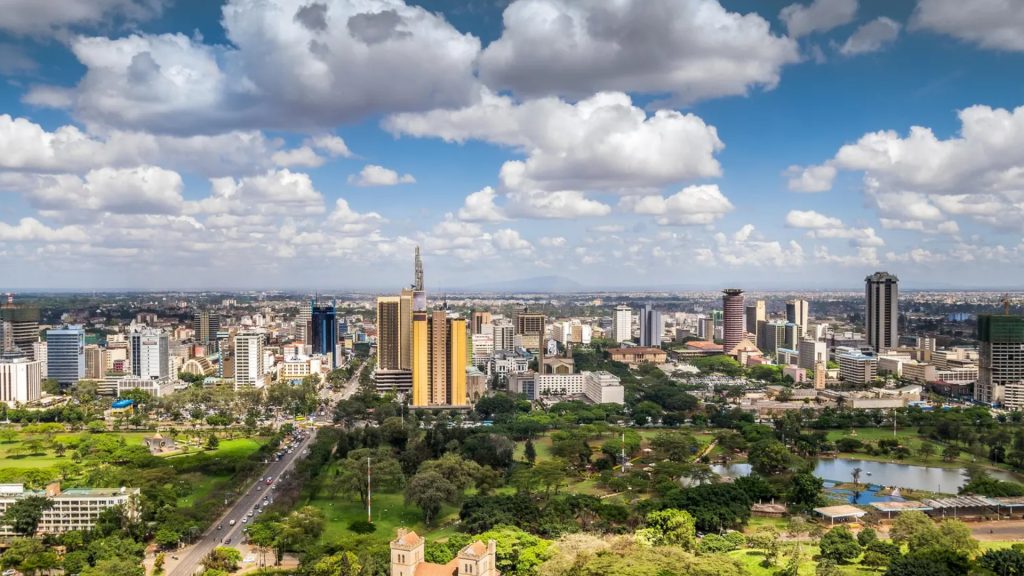The NDC Partnership Support Unit and the Asian Development Bank (ADB) have issued new guidance to help countries mobilize finance for climate action driven by subnational governments.
With nearly 58% of the global population residing in urban areas—a figure expected to hit 70% by 2050—subnational entities are responsible for over 70% of global greenhouse gas emissions.
Despite annual average urban climate finance flows reaching an estimated $831 billion between 2021 and 2022, a significant finance gap persists. This is largely due to weak enabling environments, a lack of bankable projects, and limited technical and fiscal capacities at the subnational level.
The new subnational investment roadmap:
The Subnational Investment Planning Supplement aims to close the gap by guiding national governments, financial institutions, and NGOs on channeling climate finance. The supplement supports the existing Climate Investment Planning and Mobilization Framework (CIPMF) online tool.
The guidance equips countries to:
- Map existing investment frameworks.
- Identify key barriers to investment in subnational spaces.
- Develop bankable projects and programs.
- Effectively engage the private sector.
Executive insight: impact and coordination
The release highlights that national climate pledges (NDCs) must fully integrate this local-level action to achieve global goals.
Pablo Vieira, Global Director, NDC Partnership Support Unit, emphasized the broad benefits. “By mobilizing investment in subnational climate action, countries can build strong local communities alongside subnational partners—unlocking new economic opportunities, resilient infrastructure, cleaner air, and more sustainable transport systems. Subnational action drives impact and should be fully integrated into national climate strategies.”
Noelle O’Brien, Director, Climate Change, Asian Development Bank, spoke to the scale of the subnational contribution. “The role of subnational actors is crucial in tackling climate change, with over half of anticipated mitigation and adaptation measures at the local level. This new guidance provides a practical framework to align local development with climate ambition, enhancing coordination across governance levels and boosting flows of public and private climate finance.”











